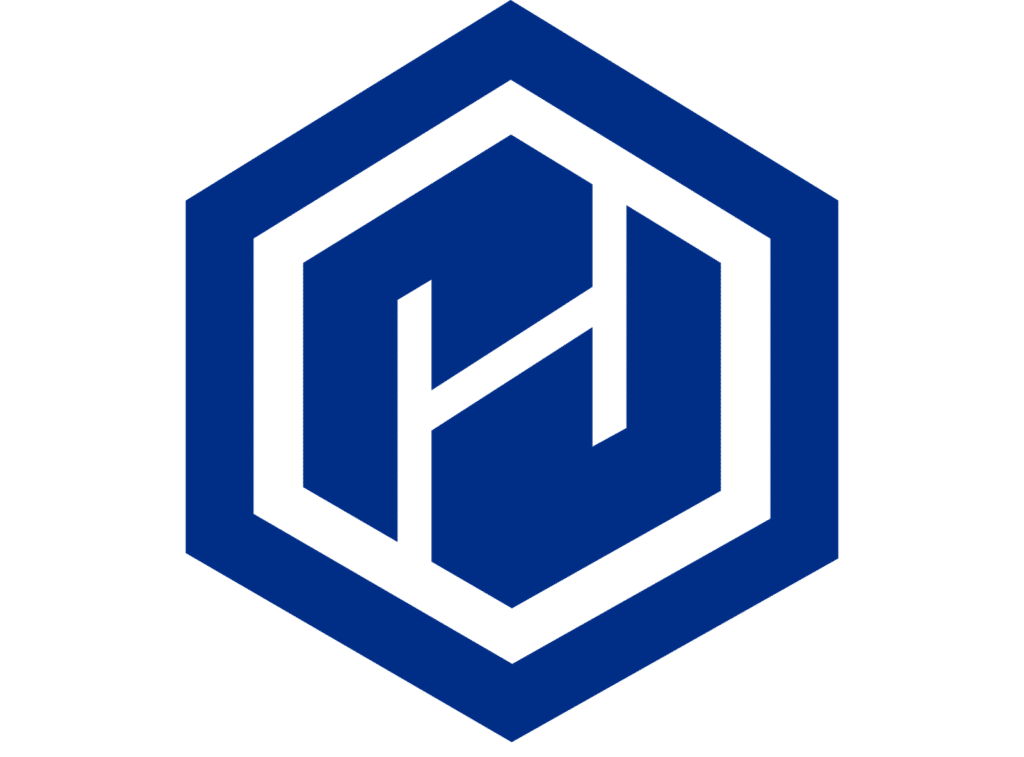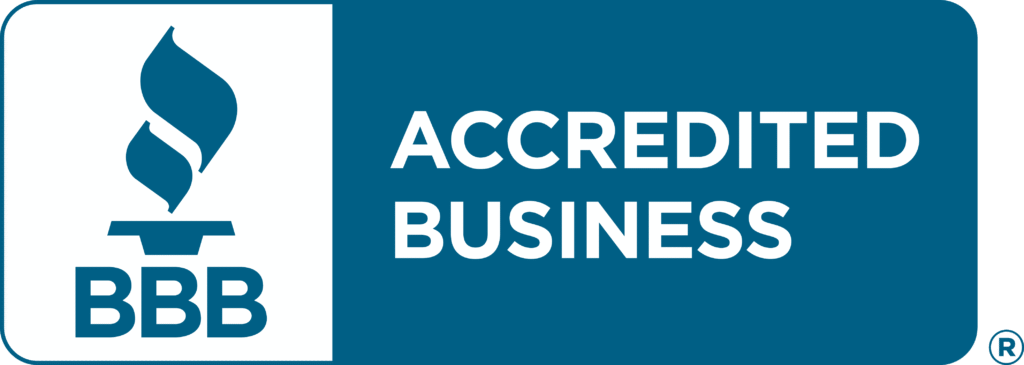The phrase “employee benefits” can’t afford to be synonymous with dusty handbooks or outdated health plans. With shifting generational expectations and a workforce no longer seduced by free snacks or foosball, companies are being pushed to redefine how they show up for their employees. The old model of compensation simply doesn’t hold up against the evolving pressures of modern life—especially when burnout, inflation, and a renewed demand for purpose are shaping people’s decisions about where and how they work. In response, some employers are scrapping the conventional perks list and getting far more intentional—and personal—about what it means to truly support their teams.
Unlimited PTO Is Out, Structured Flexibility Is In
Instead of dangling vague promises like “unlimited vacation,” which too often translates to never taking a break, companies are now crafting smarter frameworks around time off. They’re implementing enforced rest periods, such as mandatory three-day weekends every quarter or scheduled company-wide shutdowns to ensure that taking time away isn’t just allowed but expected. These structured flexibility models offer psychological safety around rest, something that was sorely missing in hustle-heavy environments of the past. By formalizing downtime, employers aren’t just boosting morale—they’re actively rewriting a culture of guilt around taking time for oneself.
Financial Therapy and Salary Transparency as Retention Tools
Money stress ranks among the top contributors to employee disengagement, but employers are getting creative about addressing it head-on. A rising number are offering access to financial therapists—yes, licensed professionals who help employees navigate not just budgeting but the emotions and behaviors tied to spending and saving. Others are lifting the veil on salary structures altogether, giving employees full visibility into compensation bands, criteria for raises, and internal equity metrics. These moves may make some leaders nervous, but for workers, it builds trust and long-term loyalty in a way that no performance bonus ever could.
Clearer Benefits Start With Clearer Documentation
Even the most thoughtful benefits program loses value if people can’t easily understand what’s offered. To avoid confusion and ensure transparency, check this out—creating a centralized document that outlines each benefit, along with eligibility requirements and any limitations, helps everyone stay on the same page. Make sure to save all benefits documents as PDFs so they’re accessible, consistent, and easy to distribute. And if you ever need to update those files, use a PDF editor to revise them without starting from scratch.
On-Site Childcare Is Evolving—And So Is the Definition of ‘Family’
Rather than just subsidizing daycare, companies are designing entire ecosystems of care support. That includes pop-up childcare pods during school closures, stipends for eldercare, and inclusive parental leave policies that account for adoption, surrogacy, and chosen families. Acknowledging the diversity of caregiving responsibilities allows employees to show up at work without hiding huge parts of their personal lives. This approach reframes “family-friendly” to mean something much broader—and far more relevant to the complexity of people’s realities today.
Purpose-Built Sabbaticals for Exploration, Not Just Rest
The modern sabbatical is undergoing a rebrand. No longer reserved for senior leadership or ten-year veterans, paid time off for passion projects, skill-building, or pure exploration is being offered as early as the three-year mark. Some companies are even attaching stipends for travel or learning expenses, encouraging employees to pursue interests that have nothing to do with their job title. This recognition—that curiosity and career satisfaction are intertwined—is helping employers invest in people in a way that keeps them intellectually and emotionally engaged for the long haul.
Career Mobility Is Being Designed Like a Choose-Your-Own Adventure
Rather than siloing employees within rigid ladders, more organizations are turning to customizable career paths. Internal gig marketplaces, rotational roles, and job shadowing programs give employees the chance to explore different departments and disciplines without leaving the company. This isn’t about jumping through hoops—it’s about honoring the winding nature of growth. The benefit here isn’t just retention, it’s reinvention: helping people evolve their roles so they don’t have to look elsewhere for something new.
What’s becoming clear is that the future of work won’t be shaped by gimmicky perks or standardized packages. The employers staying ahead of the curve are designing benefits that emerge from listening—deeply—to the lived experiences of their teams. When well-being becomes part of the infrastructure rather than an afterthought, people respond with something rare: commitment. In the end, the most innovative benefit isn’t a thing at all—it’s a workplace that knows how to grow with its people, not in spite of them.
Discover the business community of Hoover by visiting the Hoover Area Chamber of Commerce and see how they foster economic growth and cultivate talent in one of America’s most livable cities!








